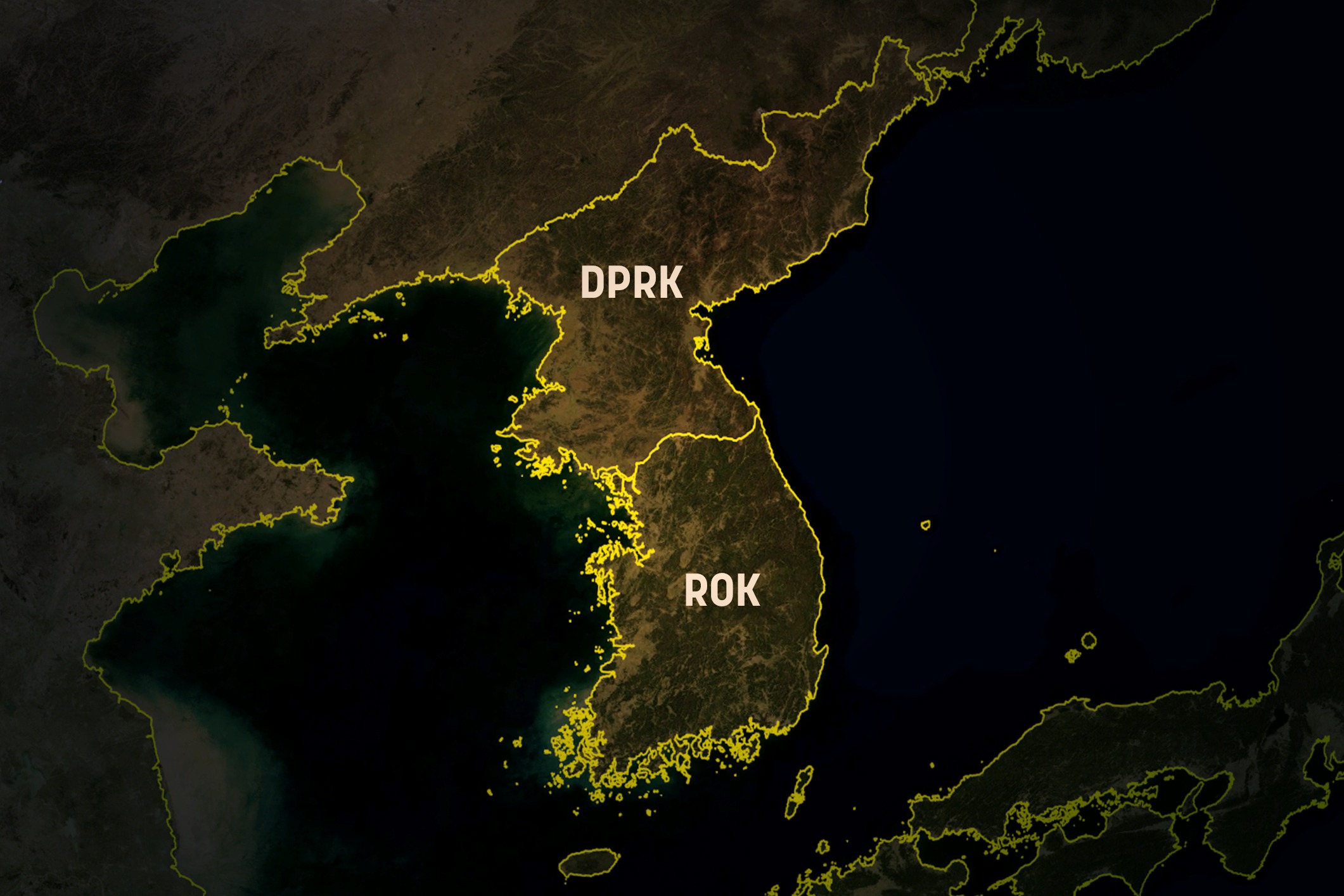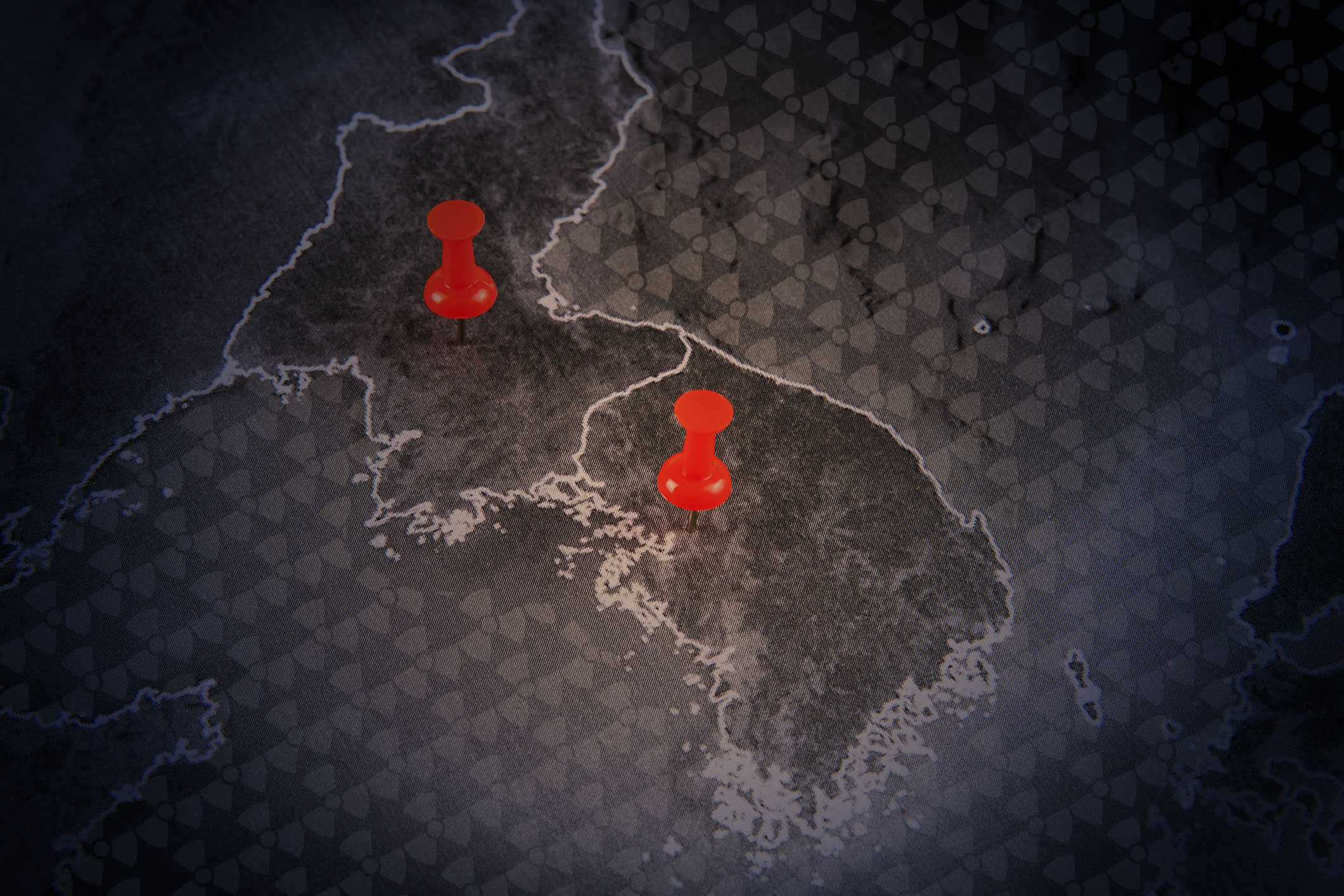Nuclear-Use Cases for Contemplating Crisis and Conflict on the Korean Peninsula
The special report entitled, “Nuclear-Use Cases for Contemplating Crisis and Conflict on the Korean Peninsula,” sketches out ten cases reflecting a wide range of ways in which nuclear weapons might be brandished or used in a Korean crisis. The authors offer insights on how and why nuclear war could occur, and the corresponding circumstances that must be avoided.
The authors use two distinct lenses to identify the conceivable nuclear-use scenarios: a logical/ taxonomic reasoning lens and a decision-making lens that asks how a national leader might decide to use nuclear weapons first. Based on the first lens, they identify three possible types of first use cases: peacetime mistakes, unintended escalation in conflict, and intentional first use. Based on the second lens, which asks how a national leader might decide to use nuclear weapons first, they consider human factors such as fear, fatalism or grandiosity, and mental and physical health.
Some cases are more plausible than others under present circumstances. Rather than estimating their likelihood, the authors contend that the challenge is to avoid the circumstances that could make the identified nuclear-use cases more likely.
Click on the adjacent link to download the full report.
According to Davis and Bennett, some of the illustrative nuclear-first use scenarios on the Korean Peninsula include:
- In the current strategic context, the DPRK threatens then demonstrates innocuous nuclear use in order to get attention and benefits from the US and/or ROK. (Case 1)
- During a period of weakening US-ROK alliance, fuelled by hubris and wishful thinking, the DPRK threatens, demonstrates, and finally uses nuclear weapons on one or two ROK locations to coerce the withdrawal of US troops from the Korean Peninsula and ROK’s announcement of friendship with the DPRK. (Case 2)
- The ROK is developing nuclear weapons and the US is either distracted or at odds with the ROK, so the DPRK attempts to achieve quick victory through the extensive use of its nuclear weapons on battlefields and bases in or near the ROK. (Case 3)
- A decapitation attack is imminent. Out of fear and desperation, the DPRK launches nuclear attacks on a few ROK airbases and even pre-emptively threatens Japan to reestablish deterrence. (Case 5)
- A DPRK chemical, biological, or nuclear attack on Seoul and US cities is imminent, so the United States launches a few preemptive nuclear strikes on nuclear sites and/or leadership installations in the DPRK in order to decapitate and damage the regime. (Case 8)
- War is underway and the DPRK’s use of chemical or biological weapons on the Korean Peninsula pressures the United States to respond immediately and decisively. The US then launches a nuclear strike as necessary operationally or to counter the DPRK’s WMDs. (Case 9)
This report is a part of a joint project on Reducing the Risk of Nuclear Weapon Use in Northeast Asia (NU-NEA) and has been cross-posted by the Nautilus Institute, the Research Center for Nuclear Weapons Abolition (RECNA), and the Panel on Peace and Security of North East Asia (PSNA).
About the Authors
Paul K. Davis is a professor of policy analysis at the Pardee RAND Graduate School and a retired adjunct Senior Principal Researcher at RAND. He received a B.S. in chemistry from the University of Michigan and a Ph.D. in chemical physics from the Massachusetts Institute of Technology. He worked in strategic warning technology and systems analysis before joining the U.S. government to work on strategic force planning and arms control. As a Senior Executive, he then headed analysis of global military strategy and related defense programs. He then joined the RAND Corporation, where his research has dealt with strategic planning under deep uncertainty; deterrence theory; modeling; information fusion; and causal social science for policy applications. He has served on numerous national panels and journal editorial boards. He developed and conducted a prescient nuclear-crisis war game in Seoul in 2016. His most recent major work (co-edited) is Social Behavioral Modeling for Complex Systems (2019), Wiley & Sons.
Bruce W. Bennett is a professor in the Pardee RAND Graduate School and a retired adjunct International/Defense Researcher at The RAND Corporation. He is an expert in Northeast Asian security issues, having visited the region about 120 times and written much about Korean security. His research addresses issues such as DPRK military threats (especially WMD), negotiating DPRK nuclear dismantlement, future ROK military force requirements, Korean unification, the Korean military balance, and potential Chinese military intervention in North Korea. He has facilitated a large number of seminars/war games to address these issues. His latest report is Countering the Risks of North Korean Nuclear Weapons.” Dr. Bennett received a Ph.D. in policy analysis from the Pardee RAND Graduate School and a B.S. in economics from the California Institute of Technology.
Disclaimer: The views expressed in this report do not necessarily reflect the position of the Asia Pacific Leadership Network or any of its members.
Image: Jyusin, CC BY-SA 3.0 via Wikimedia Commons (with adaptation)



![[Special Report] Space Engagement and Cooperation with the DPRK](https://cms.apln.network/wp-content/uploads/2021/10/KakaoTalk_Photo_2021-10-18-19-59-29.jpeg)
